If you are lucky enough to see and enjoy grebes in the wild, it will most likely be in the water. Grebes are water birds and accomplished swimmers and divers. These skills as well as their design may come at a cost for walking and flying.
With feet way in the back like other diving birds, and lobed rather than webbed toes, they are awkward walkers. Grebes are also poor fliers. They do migrate with labored flight and some have been known to cover great distances.
Yet, swimming and diving is where they really excel and put on a show that's a thrill to watch. Pied-billed Grebes trap water in their feathers to adjust their diving depth as well as their buoyancy on the water. They can ride high or low along the water. Often, they are seen diving and swimming just below the surface or with just their long necks floating above the surface like a periscope. They've been described as submarine-like in their maneuvers.
You can see this as one steals a fish from another in the video below on three grebes that pass through or stay awhile in Missouri.
Grebes also eat their own feathers which helps their digestions. With strong bills able to crush crayfish and other fish, the feathers act like a plug to keep bones from passing through their system. They are then regurgitated as pellets similar to owls.
Grebes are social birds with elaborate courtship dances. We profile three grebes you may see in Missouri, either passing through in the spring and fall, or sticking around a bit longer.
Pied-billed Grebe
- These are the most common in Missouri.
- They are small and compact with strong bills which are banded.
- They build floating nests in the water hidden among vegetation.
- Vegetation cover is used to disguise a nest before leaving.
- They barely have a tail.
- Their calls are loud and cover great distances.
Discover more about Pied-billed Grebes in our field guide.
Horned Grebe
- Feature colorful "horns" on their head.
- They are uncommon migrants seen more in southern Missouri.
- Look for them migrating through in March/April and October.
- Pairs form during spring migration.
- Courtship includes presenting weeds and head shaking.
- Seen on lakes, ponds, and rivers.
Discover more about Horned Grebes in our field guide.
Eared Grebe
- Most abundant grebe in the world.
- Migrates through most of Missouri and only at night.
- Mostly seen in marshes, ponds, and lakes.
- Have thin bills and a red eye.
- In fall, most gather at salt lakes in California and Utah feeding on brine shrimp and alkali flies.
- During fall, their weight doubles, muscles grow, and organs change.
- In summer, golden feathers fan out from their cheeks.
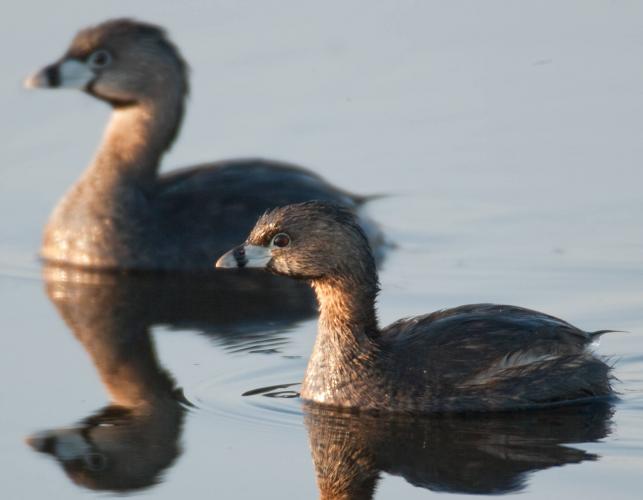
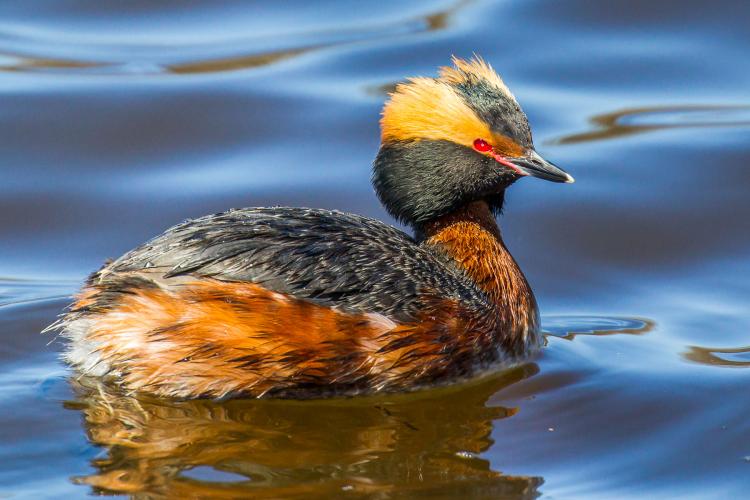
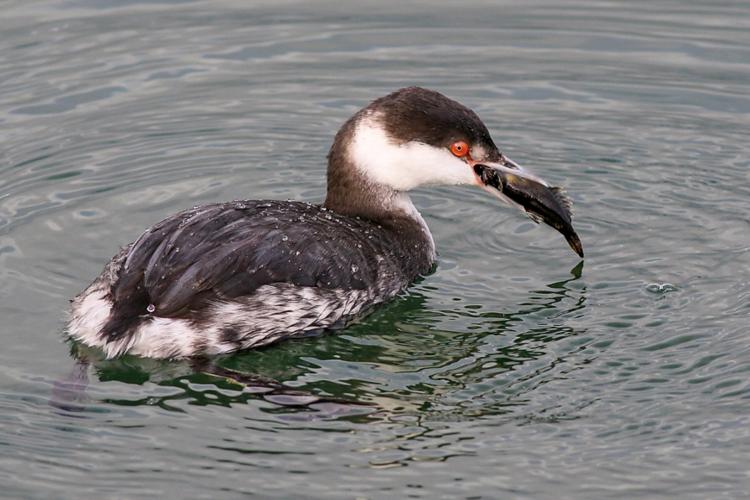
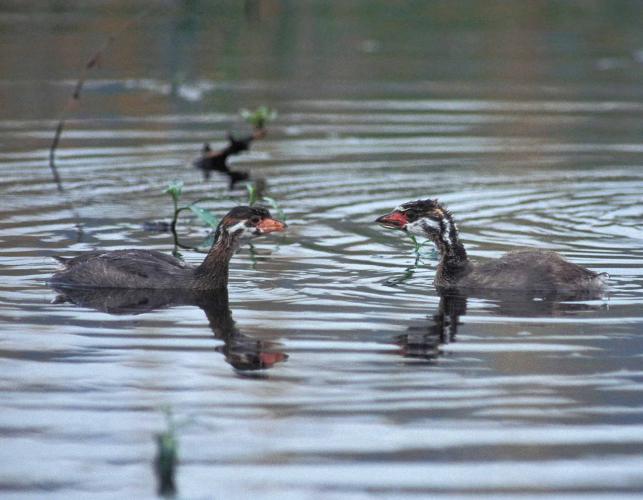
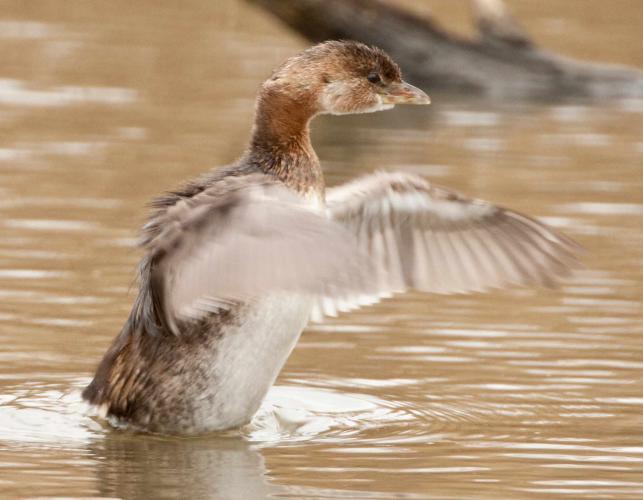
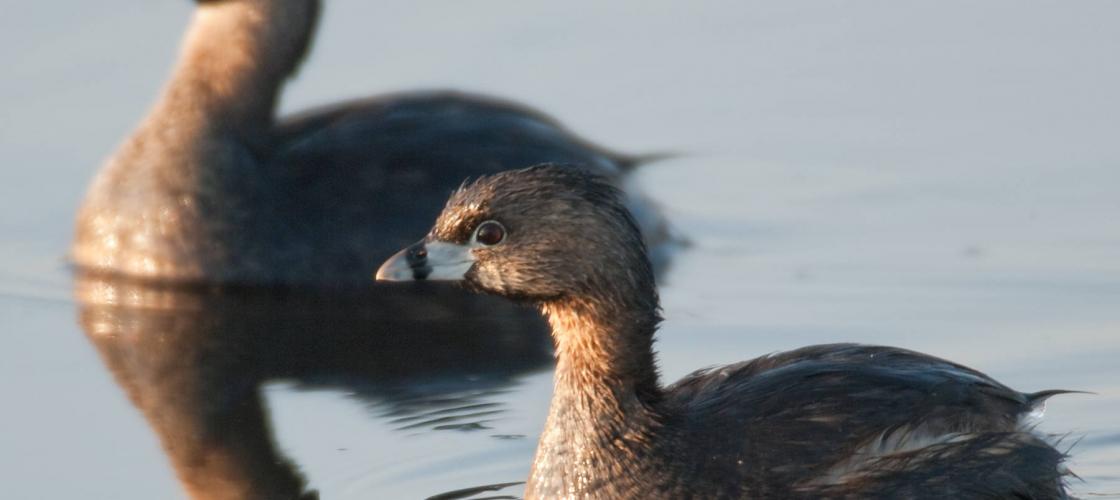
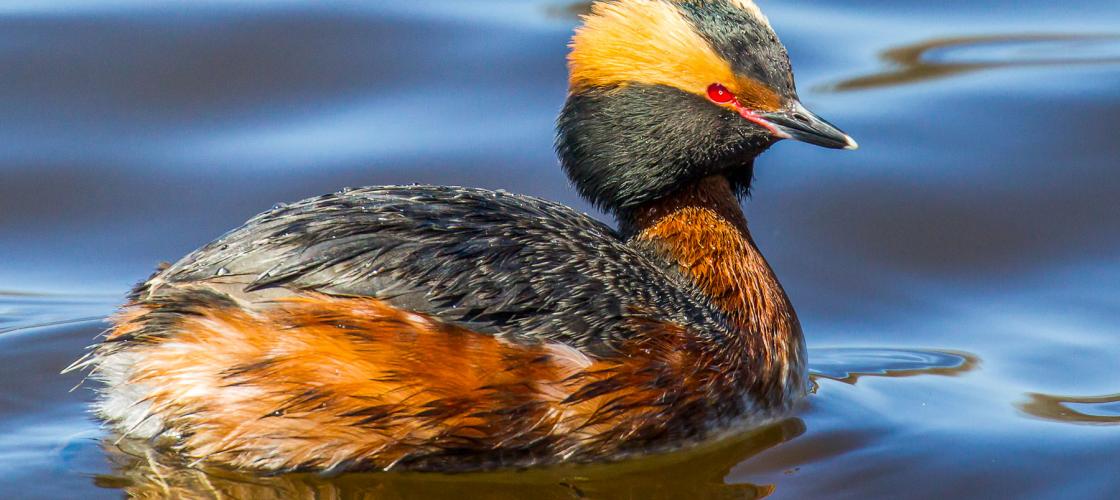
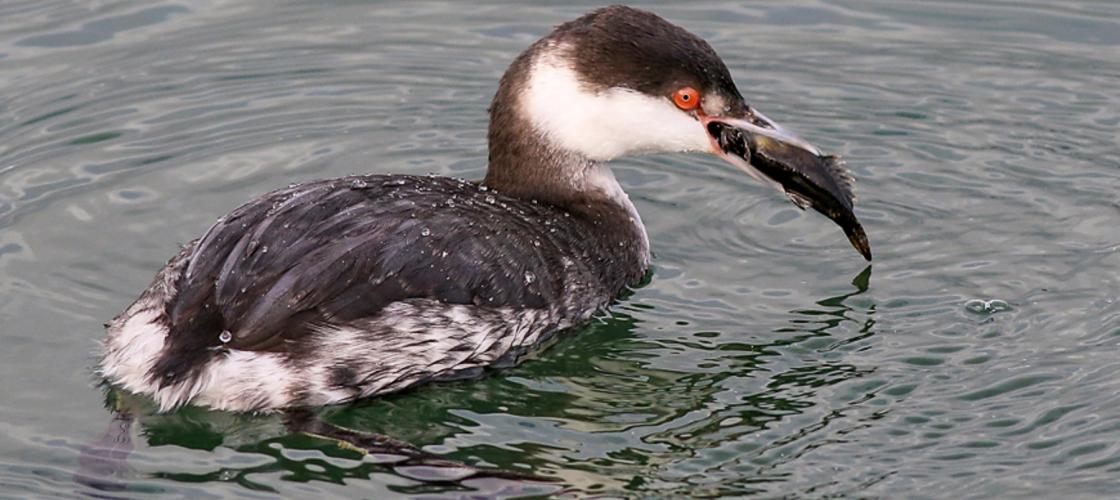
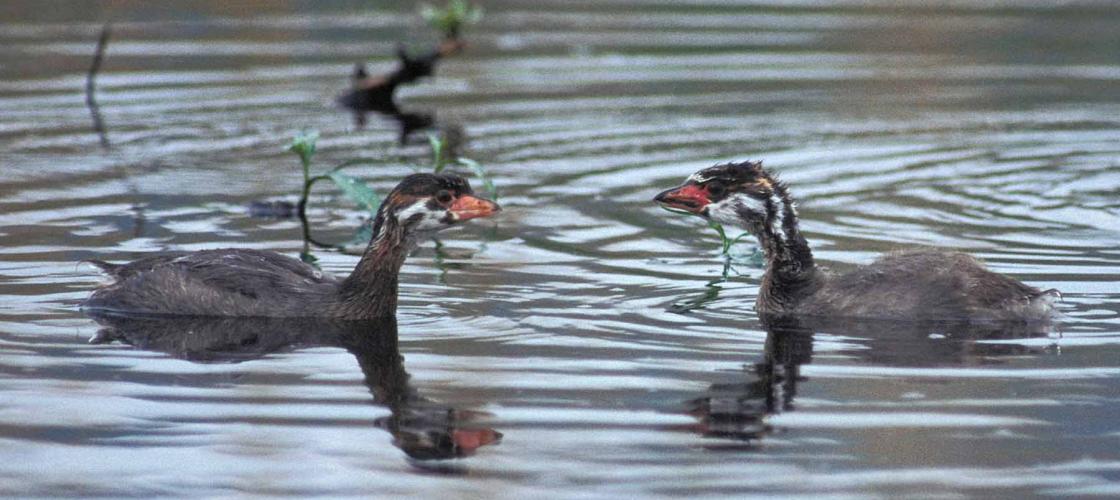
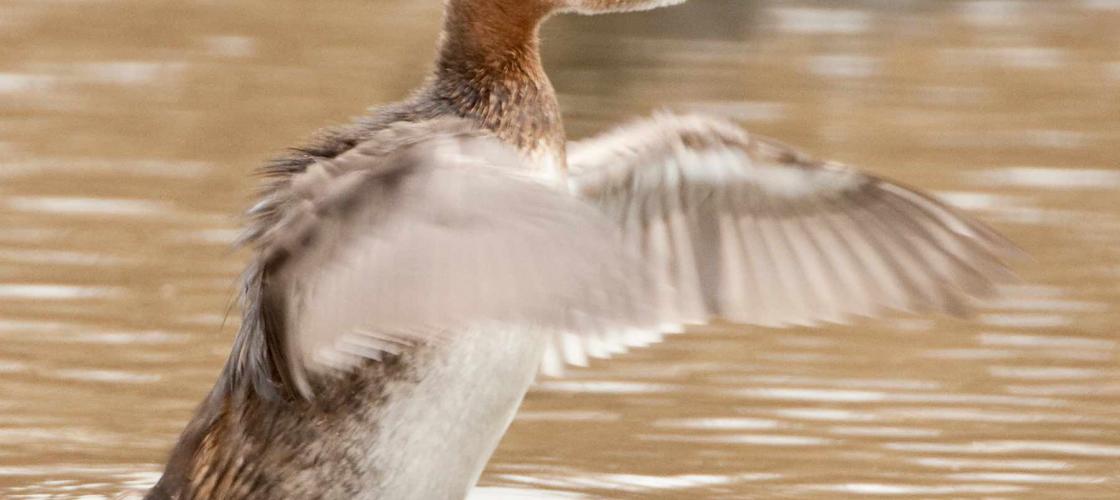
Recent Posts
























